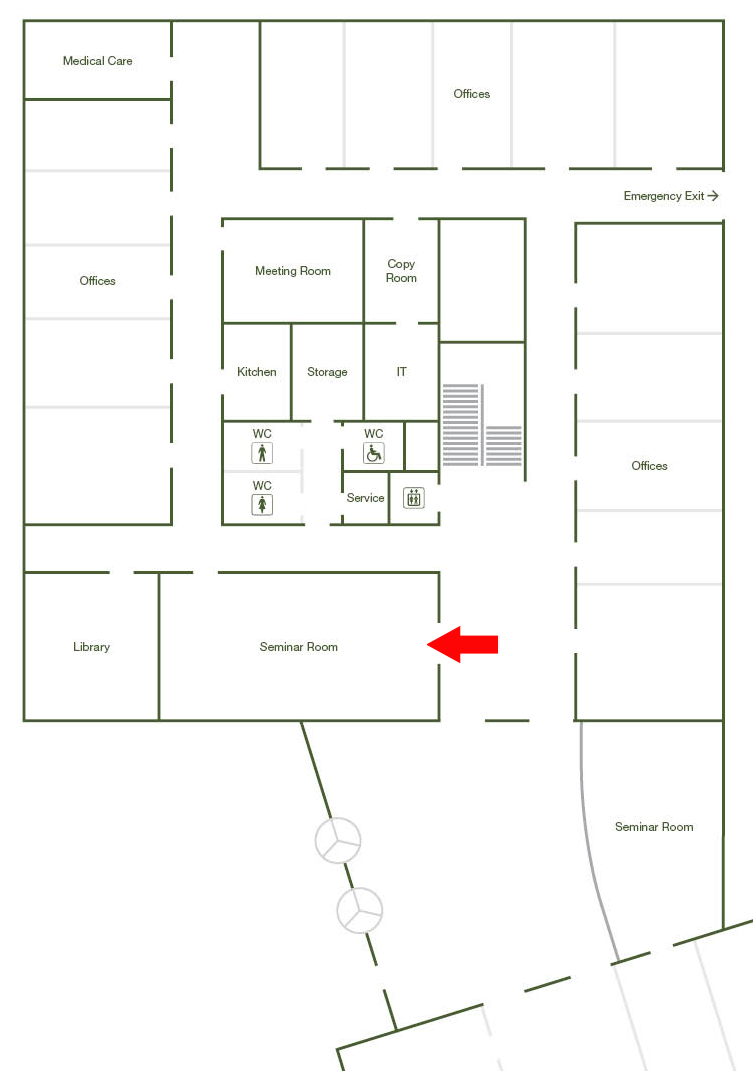Synthetic dimensions in ultracold polar molecules: from topology to quantum strings
Date
Thursday, July 19, 2018 11:00 - 13:00
Speaker
Bhuvanesh Sundar (Rice University)
Location
Big Seminar room Ground floor / Office Bldg West (I21.EG.101)
Series
Seminar/Talk
Tags
Physical Sciences Seminar
Host
Misha Lemeshko
Contact

Synthetic dimensions alter one of the most fundamental properties in nature, the dimension of space. We show that rotational states of ultracold molecules can be used as synthetic dimensions extending to many - potentially hundreds of - synthetic lattice sites. Microwaves coupling rotational states drive fully controllable synthetic inter-site tunnelings, enabling, for example, topological band structures. We show that interactions lead to rich behavior. When molecules are frozen in a real space lattice with uniform synthetic tunnelings, dipole interactions cause the molecules to aggregate to a narrow strip in the synthetic direction beyond a critical interaction strength, resulting in a quantum string or a membrane, with an emergent condensate that lives on this string or membrane. We explore the properties of these phases using mean field, exact, and density-matrix-renormalization-group solutions. We show that when molecules are frozen in a real space lattice with staggered synthetic tunnelings, the edge states in the synthetic direction are stabilized against scattering into the bulk by the introduction of dissipation in the system. All the physics above can be detected using measurements of rotational state populations.